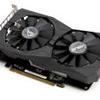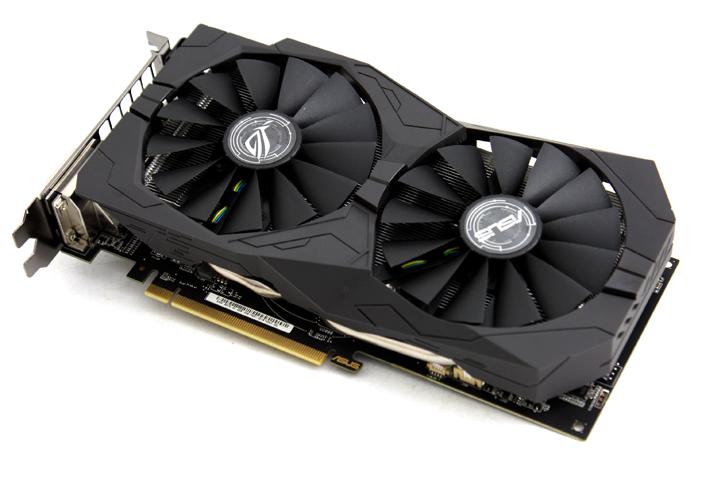Introduction
ASUS Radeon RX 460 4 GB STRIX Gaming Review
Gaming On A Budget
We review the ASUS Radeon RX 460 STRIX Gaming 4 GB. The graphics card is positioned in the budget range and will perform at entry level gaming wise.
This entry level graphics card series will allow you to play your games at Full HD (1080P) at best, often you will need to lower image quality settings. The RX 460 is a graphics card series that does come at reasonable price as. The 4 GB variant will start selling at $109, however you'll mostly see AIB card and these will sit in the $139 (USD) range. At the Full HD domain 4 GB we feel is plenty graphics memory for a card of this caliber. The card is positioned to be the succesor to the Radeon R7 260X and does that quite well as you'll be able to find out. These cards come with 896 shader processors and are clocked at a dynamic boost frequency of up-to 1,200 MHz on the reference cards. In this review we'll look at temperatures, noise, performance and go with the latest game titles on the globe. This review is all about Polaris 11, a code-name indicative of the mainstream to high-end products (but not enthusiast):
- Vega 10/11 - AMD Radeon RX 490 8 GB (enthusiast class performance)
- Polaris 10 - AMD Radeon RX 480 4 GB and 8 GB (high-end performance)
- Polaris 10 - AMD Radeon RX 470 4 GB and 8 GB (mainstream performance)
- Polaris 11 - AMD Radeon RX 460 2 GB/4 GB (entry level)
The Radeon RX 460 graphics card will be made available in 2 and 4 GB versions, the 4 GB version will be the predominant standard though as it will be the most price effective solution. The GPU used for the 460 series is Polaris 11, an Baffin (codename) GPU based on 4th generation GCN architecture. The 14 nm FinFET+ process based Radeon RX 460 will push the product up-to 2.2 TFLOPS. With its 75W TDP it has 14 CUs (compute units AKA shader clusters) x 64 shader processors per CU = 896 shader processors). The card has 128-bit GDDR5 memory which offers an effective 7 Gbps / GHz memory bandwith. The reference cards will run in the 1,200 MHz range on its boost clock. Expect board partner cards to run a good 50 MHz faster. The GPU retains technologies of the Radeon GCN lineup such as DirectX 12, FreeSync and XDMA for CrossFire support. The GPU with its 896 shader processors are tied towards 16 ROPs with 56 texture memory units. The initial consumer graphics card based on Baffin is the Radeon RX 460. The Polaris 11 GPUs are based on a 14 nm fabrication process, as such you will see many enhancements in efficiency and that shows in power consumption, the reference cards will use just one 6-pin power PEG (PCI Express Graphics) header to give the the card its power, some board will not even get an external power connector. The reference boards have a 4-phase VRM power supply design and display output wise the new cards have seen an upgrade as well, including three connectors like DVI, DisplayPort 1.4 and HDMI 2.0b. AIB partners may release SKUs with varying connector as well. The RX 460 cards will utlize just 8 out of the 16 PCI-Ecpress Gen 3.0 lanes. Overall the specs show a rather dim card to play the latest games with whilst offering a good memory size versus price in the (at best) 1920x1080 monitor resolutions.
In this article we'll peek at the ASUS STRIX Gaming edition. The card is fitted with 4 GB of graphics memory and has been factory tweaked for you a little bit towards 1,256 MHz on the Boost frequency, the memory for runs at a stock (effective) 7,000 MHz. Being an tweaked STRIX model it also comes with custom DirectCU based cooler. The card we received for review is a dual-slot, dual-fan solution.
Let's fire up the review, but not before you've had a peek...
Radeon RX 460 STRIX GAMING edition from ASUS has been fitted with 4 GB GDDR5 memory


